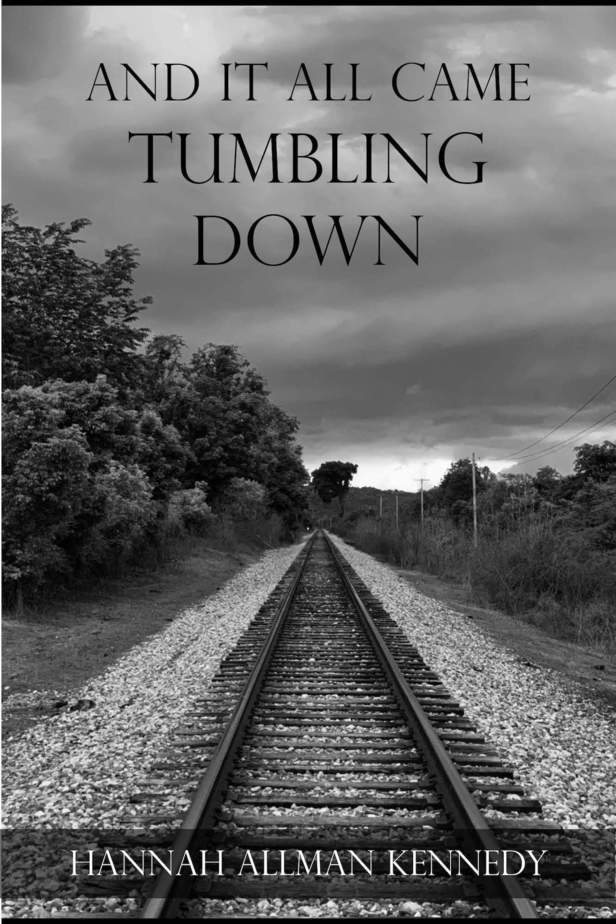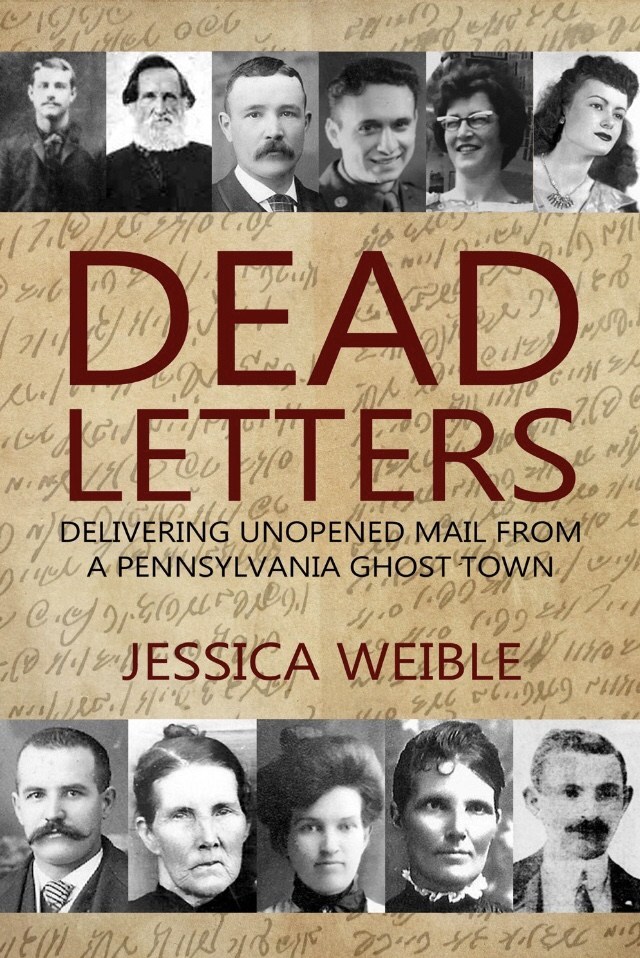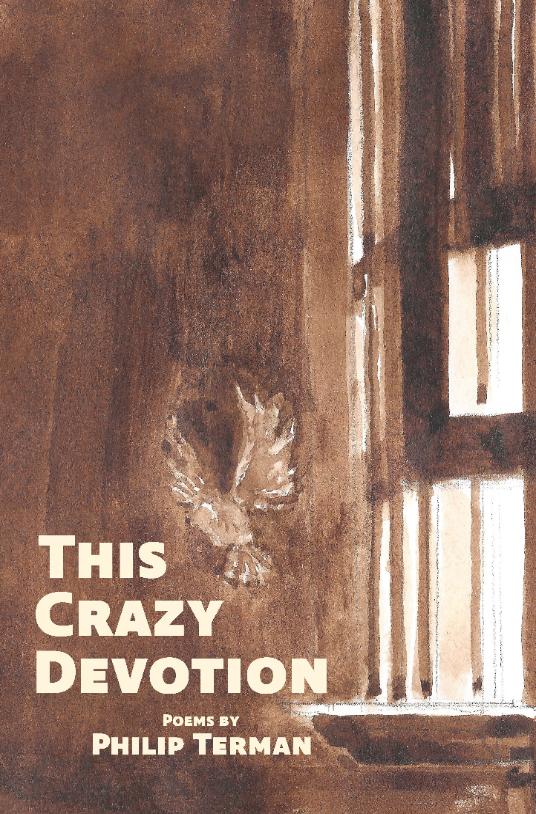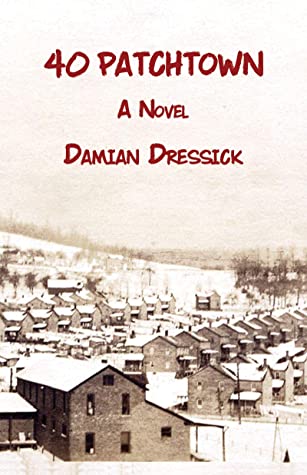review by Patricia Thrushart
Most people in the United States, when they think of the nation’s oil and gas industry, immediately picture the refineries outside of Houston, Texas, or the platforms that dot the Gulf of Mexico. But oil was first discovered, not among the longhorn cattle and tumbleweeds of the Lone Star State, but in Oil Creek, Pennsylvania. Northern Appalachia country.
That discovery led to the Pennsylvania oil rush, with boomtowns like Titusville, Oil City and Pithole sprawling around the gushing drill fields. Over time, given the volatility of the market, and discoveries out west, the Pennsylvania oil industry went bust, leaving a host of ghost towns in its wake. Today, tourists can take a three-hour train ride through Oil City State Park, where it all began. Second growth forests have overtaken the rusting remains of production equipment and the crumbling foundations of long-gone buildings. The tour boasts of the beauty of the landscape, and the wildlife that passengers will see.
For the generations of Pennsylvanians who live in the old oil towns, there are many ghosts. In the book, “And It All Came Tumbling Down,” the story’s protagonist knows them well. Her father, a slightly eccentric professor of history at a small public college near Amy’s home town, would take her to Black Gold Cross— a former oil town, and conjure up images of life when the town was in its heyday. As children, she and her twin sister, Laura, enjoyed play acting there— becoming bank robbers and sheriffs, bank tellers and customers. Then Amy and Laura grew up, and their lives diverged. Laura stayed in Haven, their home town, seeped in evangelical faith, traditions and family connections. Amy left as soon as she could, going to college and getting a job in the Paris of Northern Appalachia: Pittsburgh.
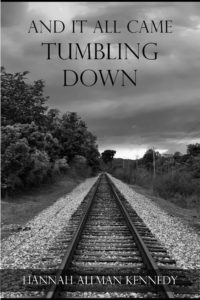
The book starts, not with the nostalgic backstory of her childhood, but with a family tragedy that brings Amy home to face a myriad of unresolved issues: her strained relationship with her sister, her guilt over leaving home and how rarely she visited, and— in many ways central to the story— her struggles with her religious faith. In the face of the family’s loss, Amy lurches through grief and depression, losing her job and apartment in Pittsburgh, and losing her self-confidence. Members of her family serve as touchstones for these issues— an Aunt who couldn’t wait to get out and never looked back, a grandfather who is a pastor, a brother-in-law whose calm is rarely shaken. The settings, the characters, the dialogue are all skillfully drawn. As a reader, you feel like a member of the family, eating meatloaf at the table as the mashed potatoes get passed around.
This is book you read in one sitting, turning the pages to see how Amy gets through her grief and comes to terms with what is real and what is not. At its heart, this book is not simply about a small town girl who leaves for the big city, or a comparison of rural versus urban lifestyles. It is not a coming of age story, or an exploration of how judgmental people can be, although it has all of these themes. At its heart— and what ties the arc of the narrative together— this is a story of a woman whose faith is shaken, and how she comes to terms with a God that she no longer believes is real. And you are with her, through every outburst, every argument, every paroxysm of grief, and every revelation. In the end, reading this book is akin to going on a spiritual journey with Amy. You’ll be enriched when you do.

